Passive Differential Optical Absorption Spectroscopy (DOAS) is a multifaceted technique. This section will outline its basic principles. For in-depth information, please refer to the comprehensive book by Platt and Stutz (2008).
Spectra Acquisition
SkySpec systems are designed to capture UV/Vis spectra of direct sunlight and scattered skylight from various directions. Common observation configurations include direct sun and zenith sky measurements, as well as elevation scans (multiple measurements at different viewing angles).
The path of light through the atmosphere varies based on the viewing direction, as does the amount of gas encountered (see figure on the left). It’s important to note that the light path is also influenced by current visibility conditions, including the presence and properties of atmospheric particles like fog and clouds.
Each gas absorbs specific light wavelengths, leaving a unique signature in the spectrum. These absorption effects are generally small. For many gases, detecting changes less than 0.1% is required to achieve meaningful measurement limits.
DOAS Spectral Analysis
DOAS spectral analysis involves comparing two spectra:
-
- Reference spectrum: Ideally recorded in a direction with minimal light-gas interaction (e.g., zenith).
- Measurement spectrum: Acquired in the desired direction, such as through an exhaust plume.
The DOAS fit identifies and separates the characteristic absorption patterns of trace gases in the spectral intensity differences. The magnitude of these patterns directly corresponds to the differential slant column density (dSCD), which can be broken down as follows:
-
- Column density: The integrated concentration of a trace gas along the light path.
- Slant: The light path through the atmosphere is slanted, as opposed to vertical column densities.
- Differential: The dSCD represents the difference in slant column density between the measurement and reference light paths, not an absolute gas amount.
DSCDs are calculated for each viewing direction and gas with significant absorption in the studied spectral range.
Post-Processing
DSCDs are valuable for determining the integrated emissions of local sources. However, many applications, such as regional air quality assessment, require vertical column densities or even concentrations.
Vertical columns and ground-level concentrations can be estimated by approximating light paths geometrically. More accurate results are obtained using profile retrieval algorithms, which fit an atmospheric model (considering photon physics and measurement geometry) to observed DSCDs along different light paths to derive concentrations at multiple altitudes. This approach is often simplified as “atmospheric tomography.” The proxy gas O4 can even be used to estimate particle concentration (see e.g., Frieß, 2004).

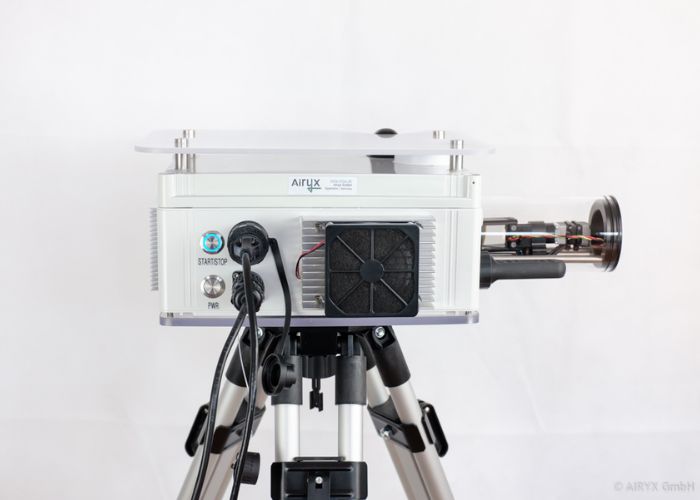
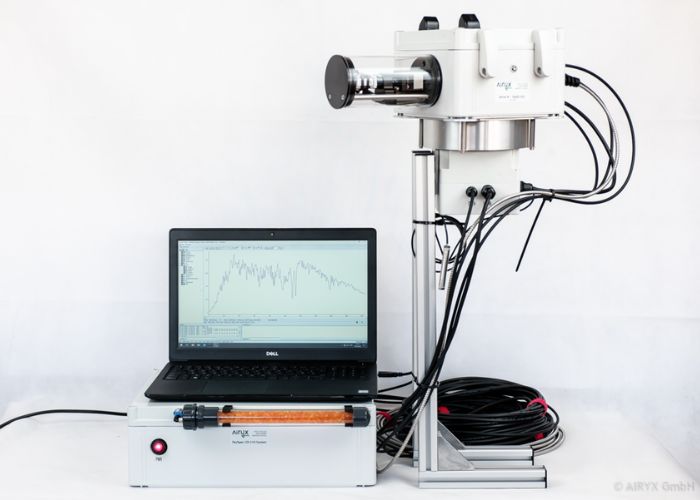
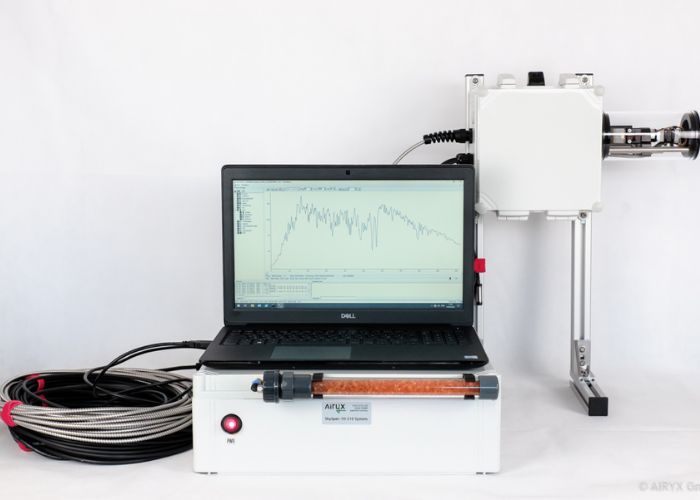
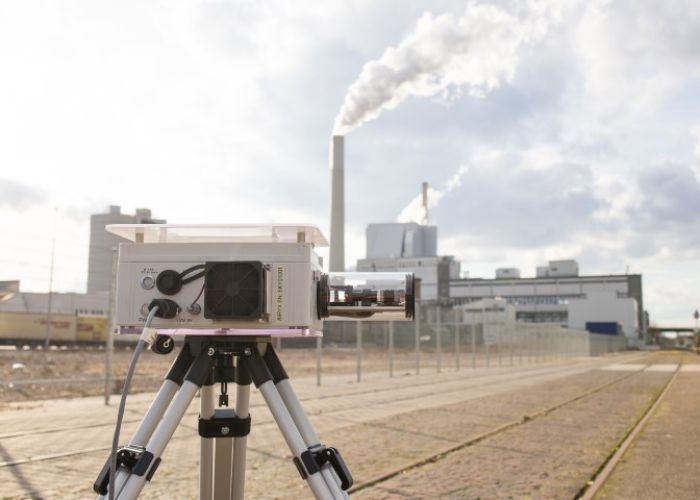
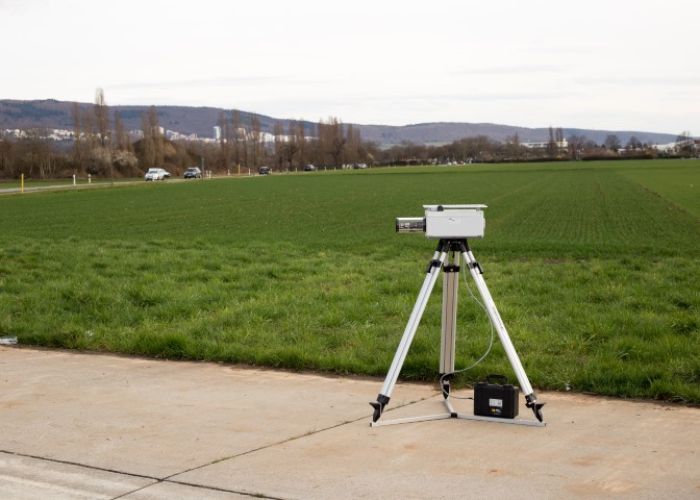
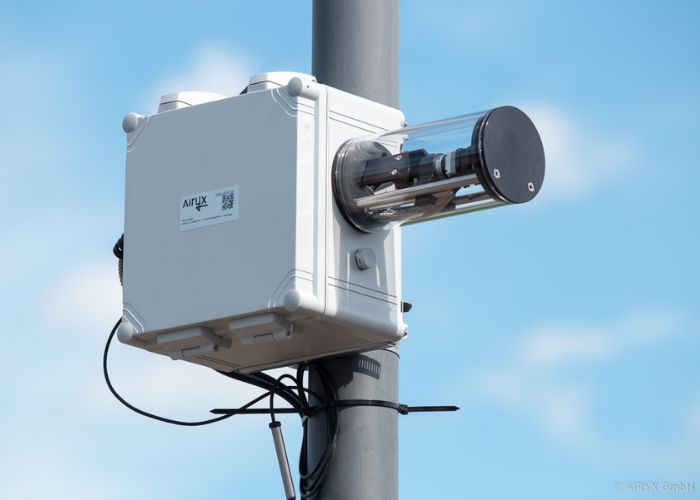
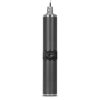
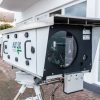
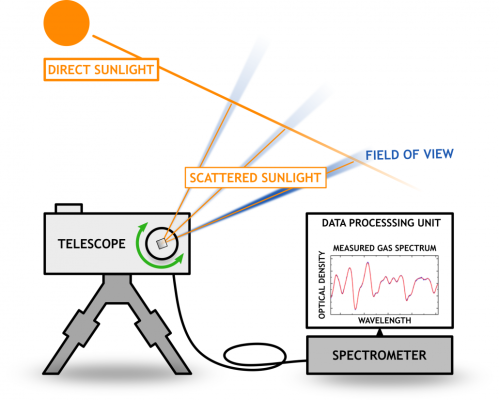
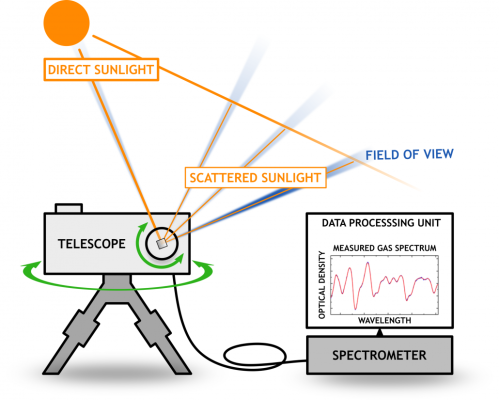
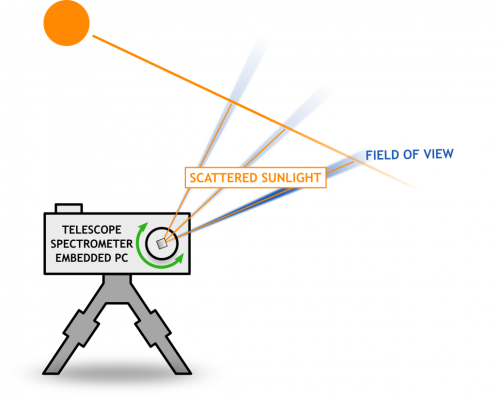
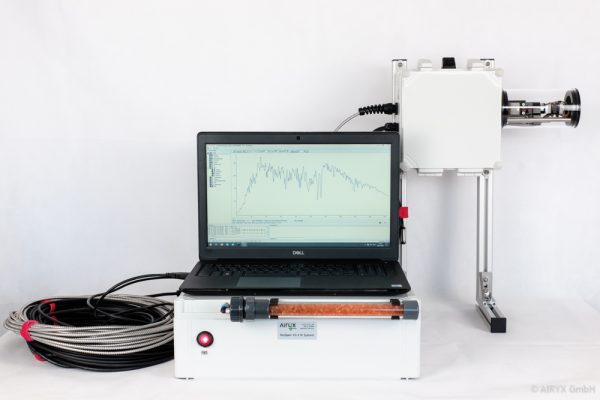
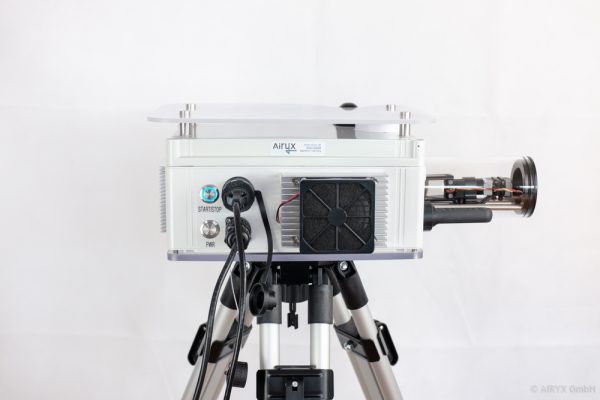
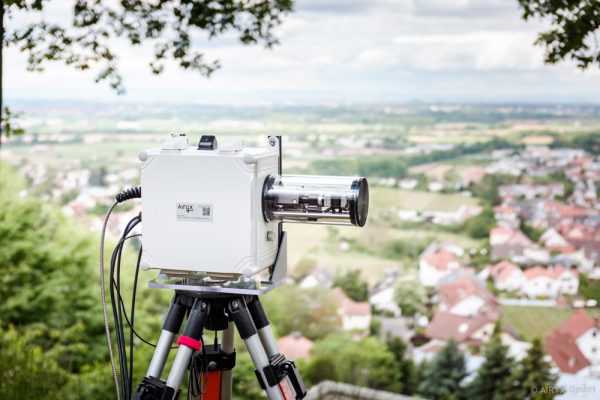
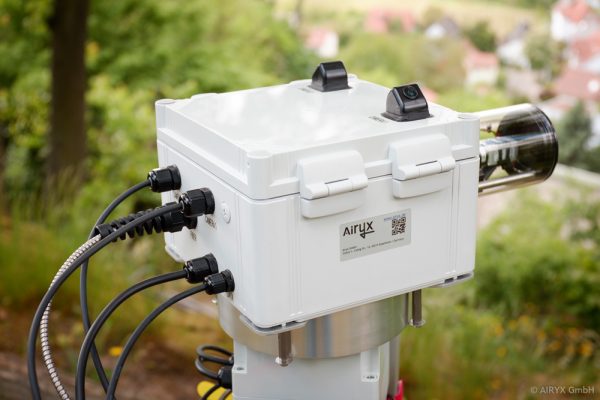
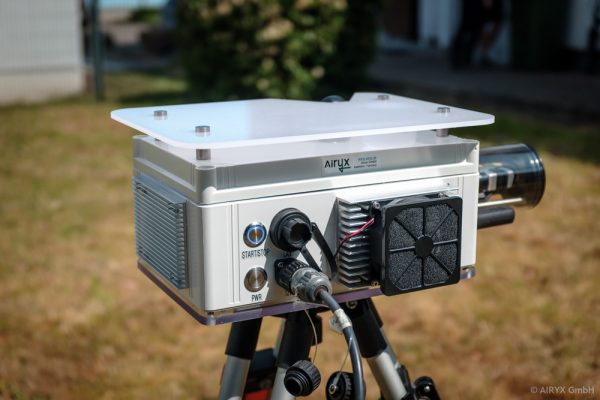
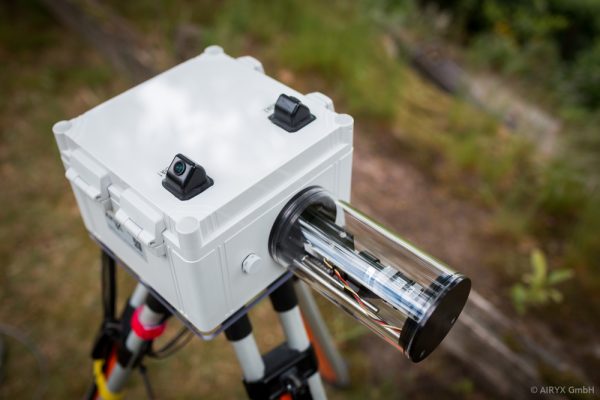
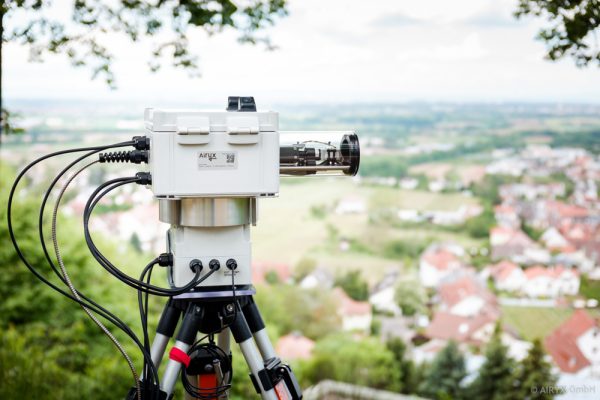
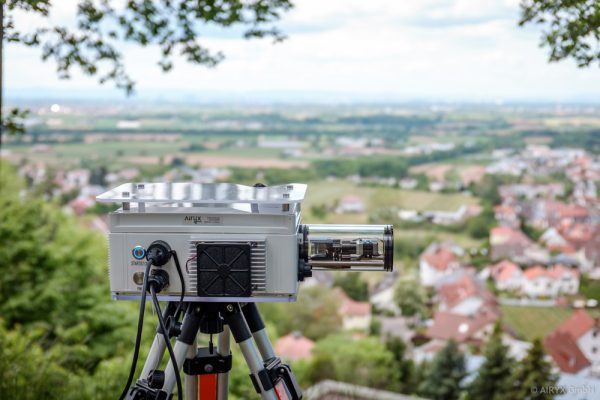
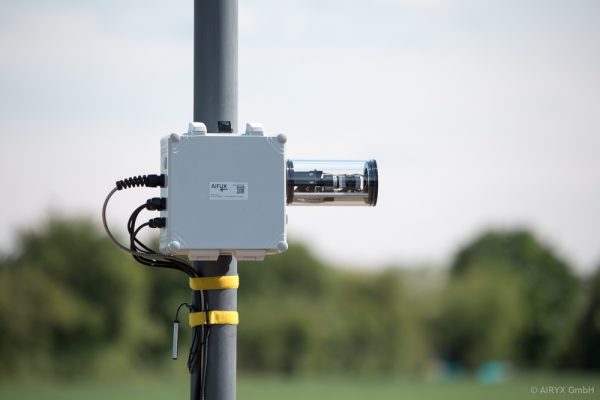
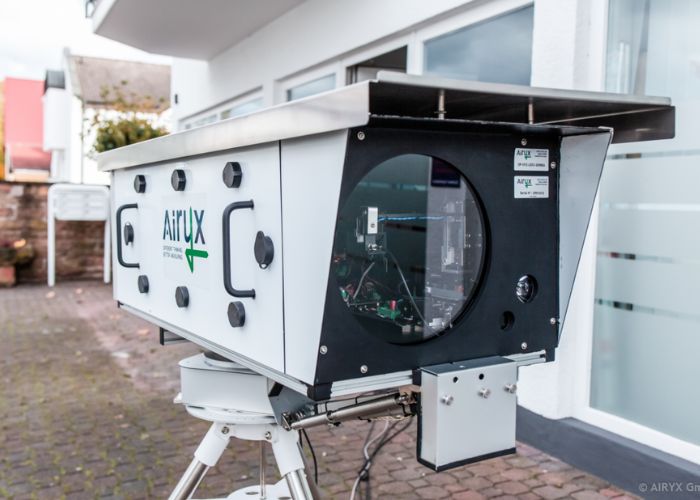
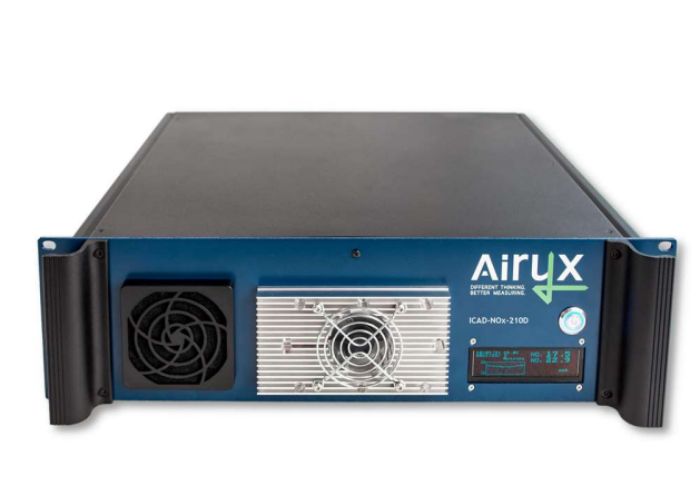
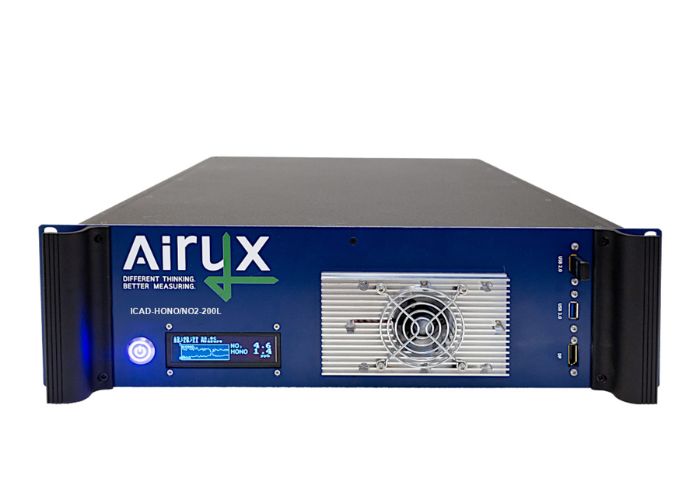
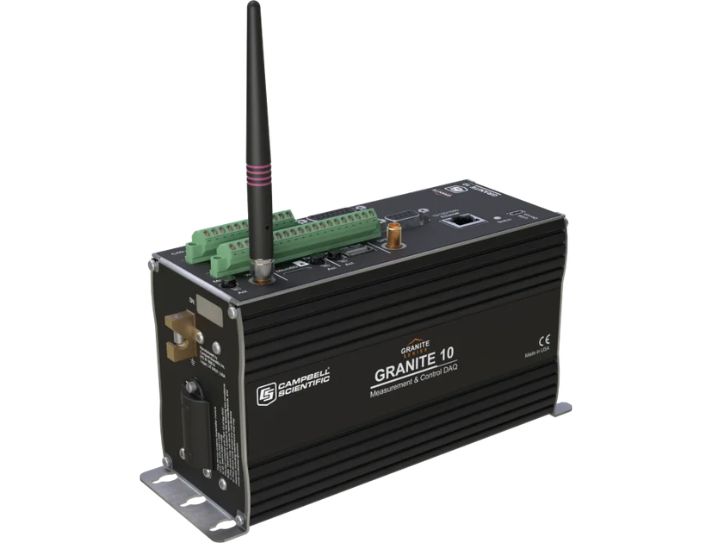
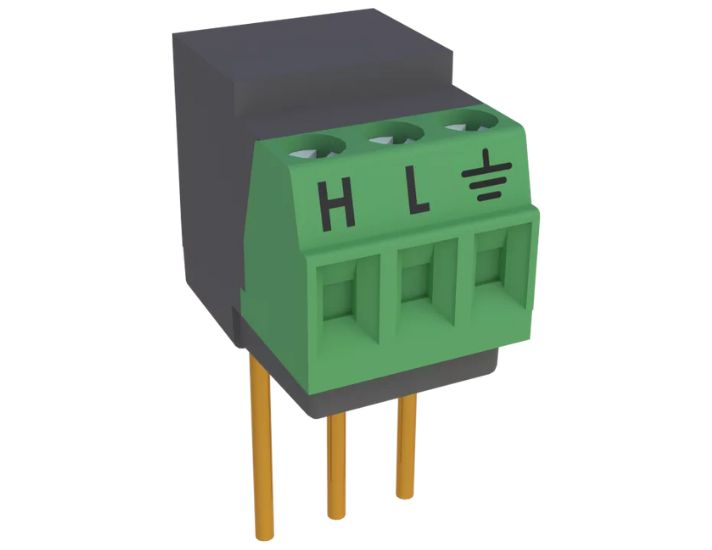
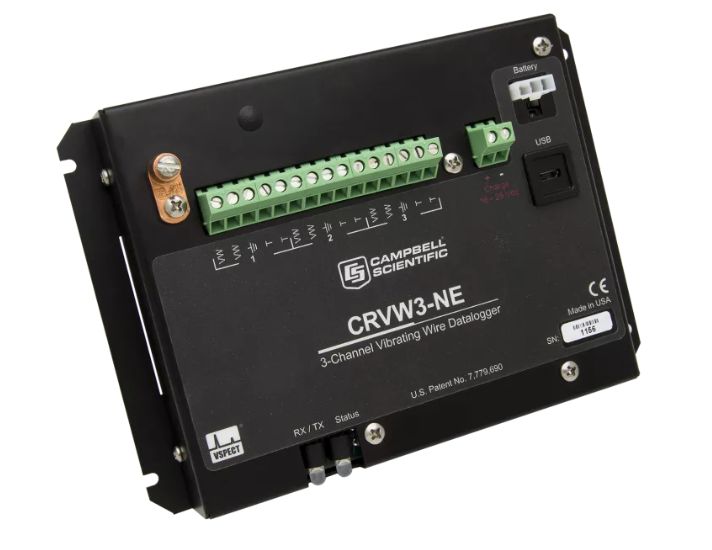
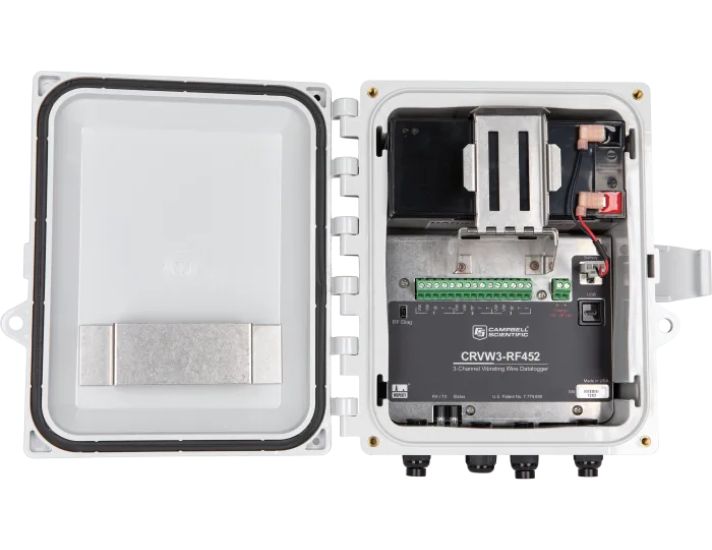
Review Skyspec instruments
There are no reviews yet.